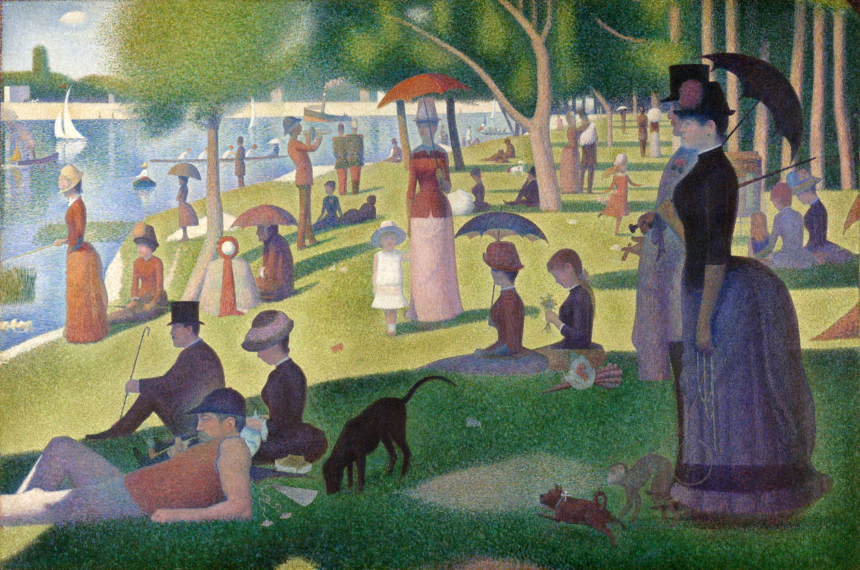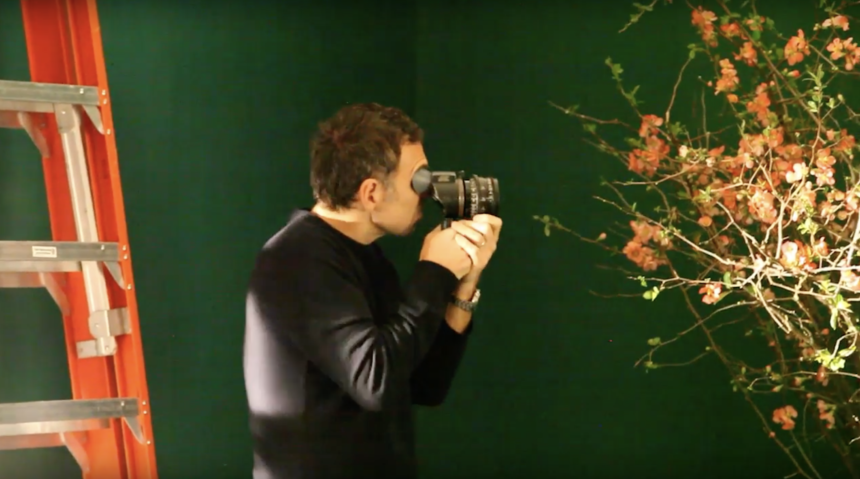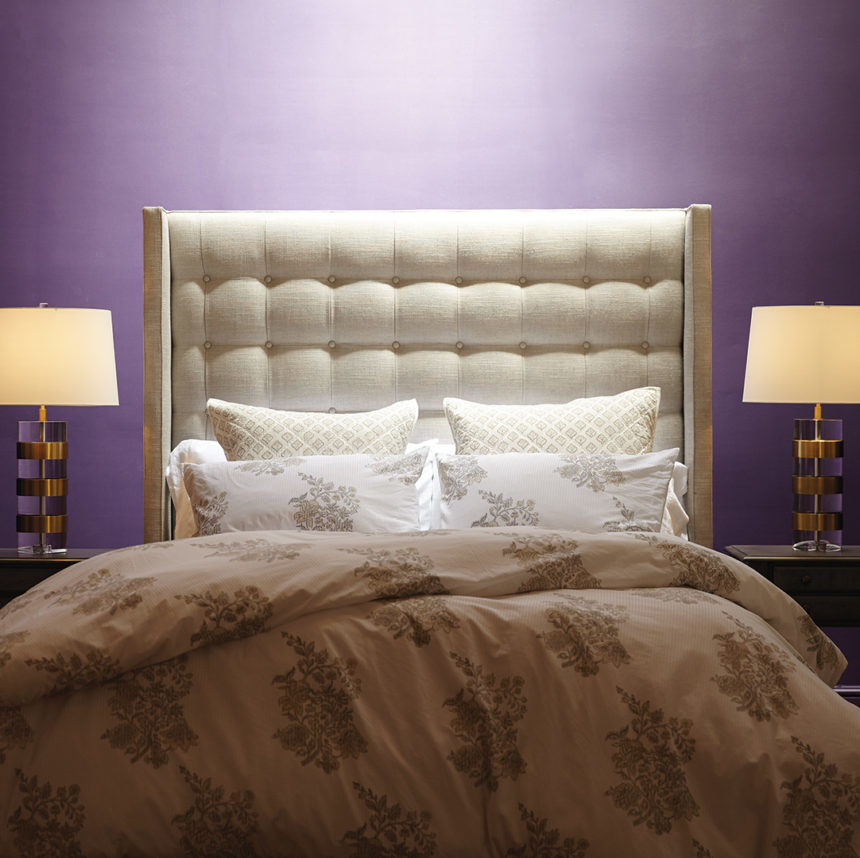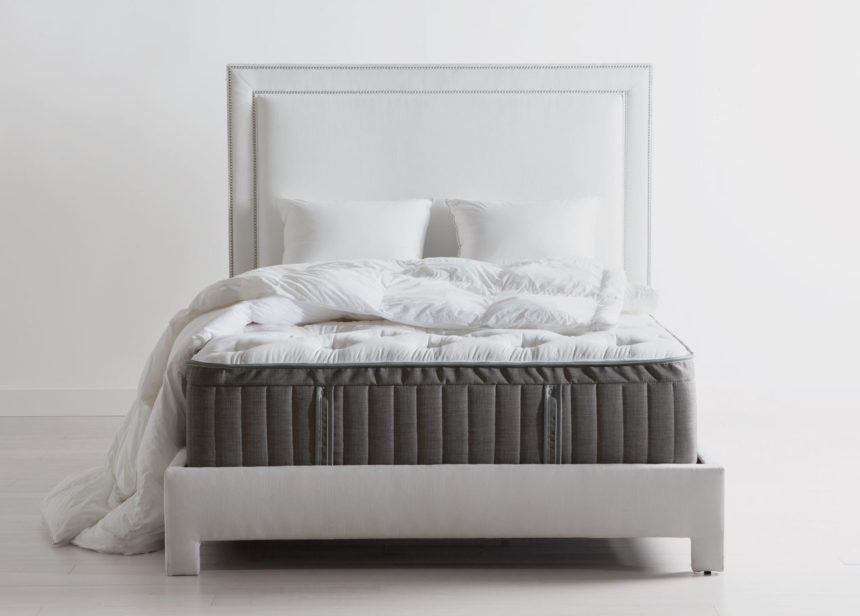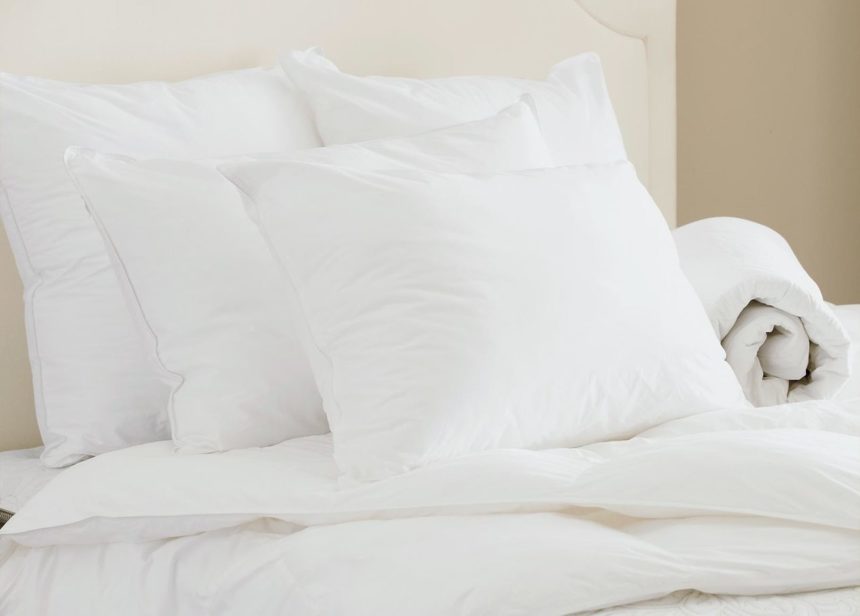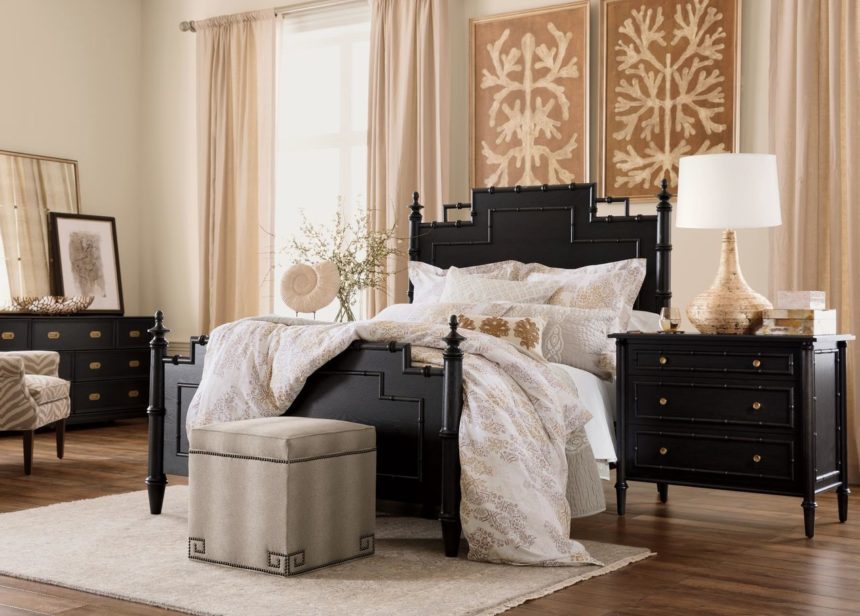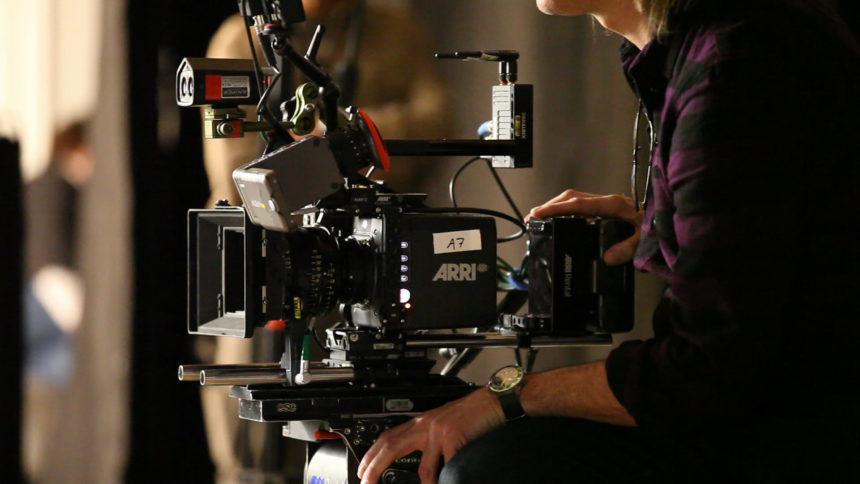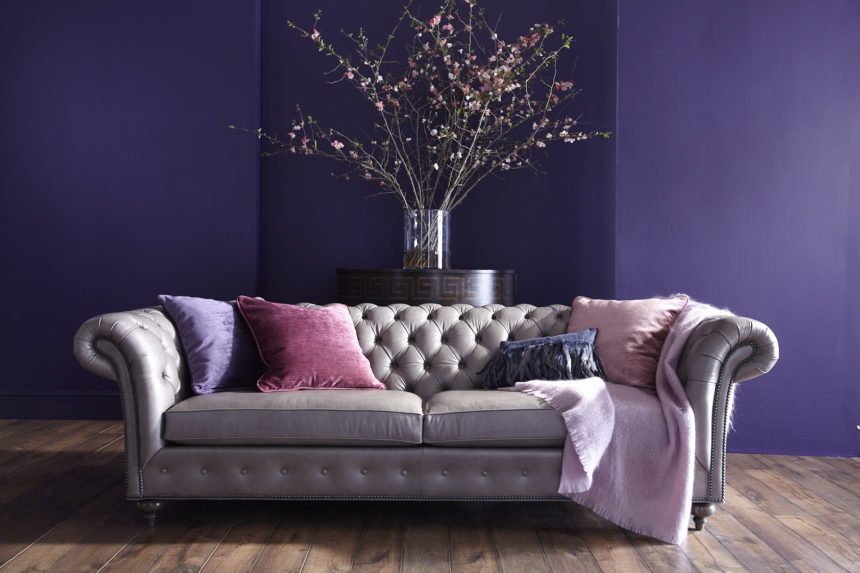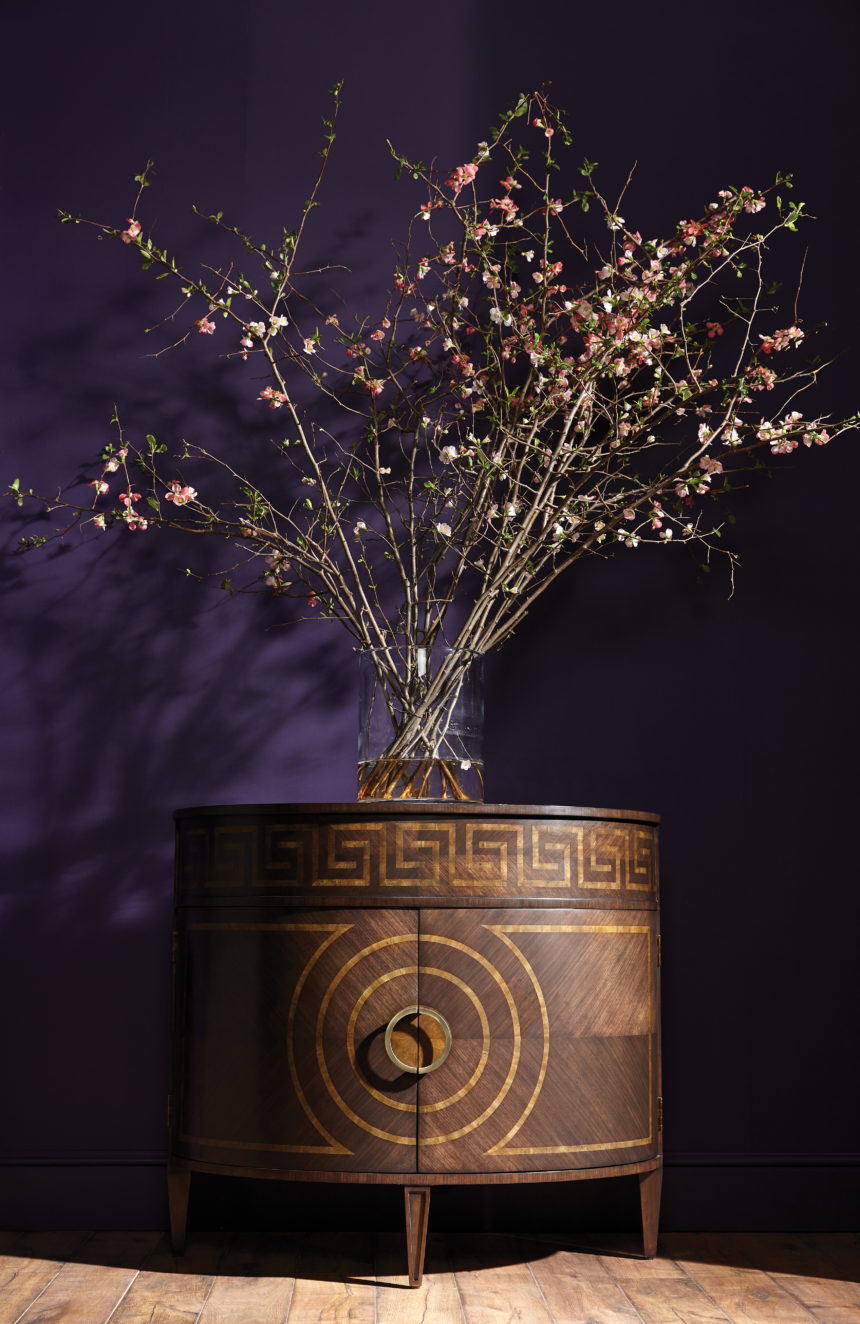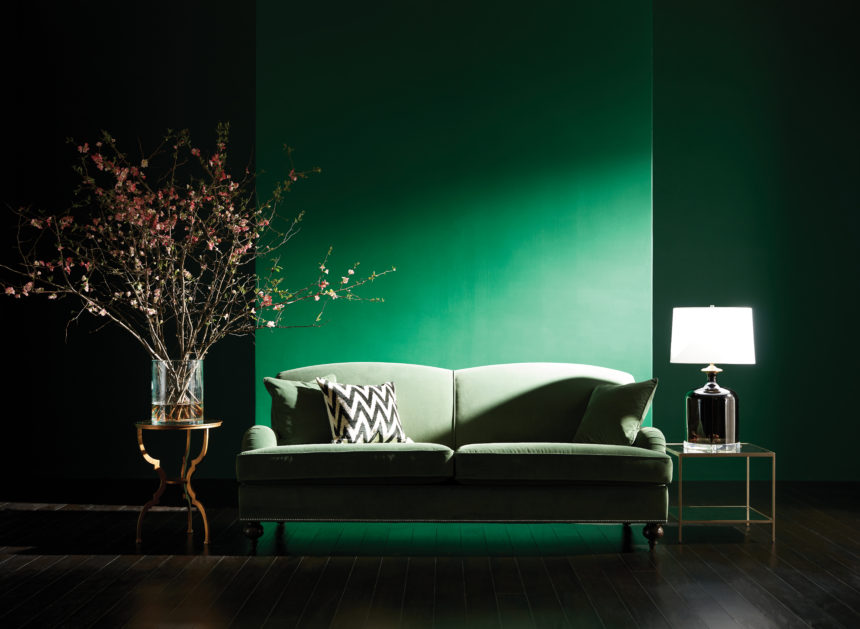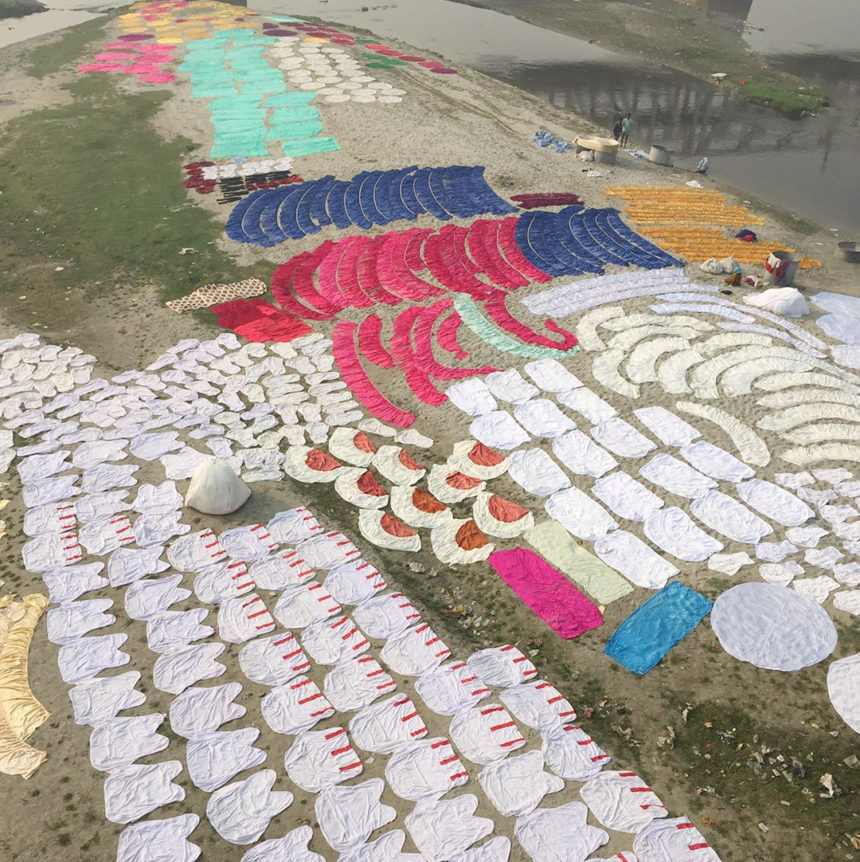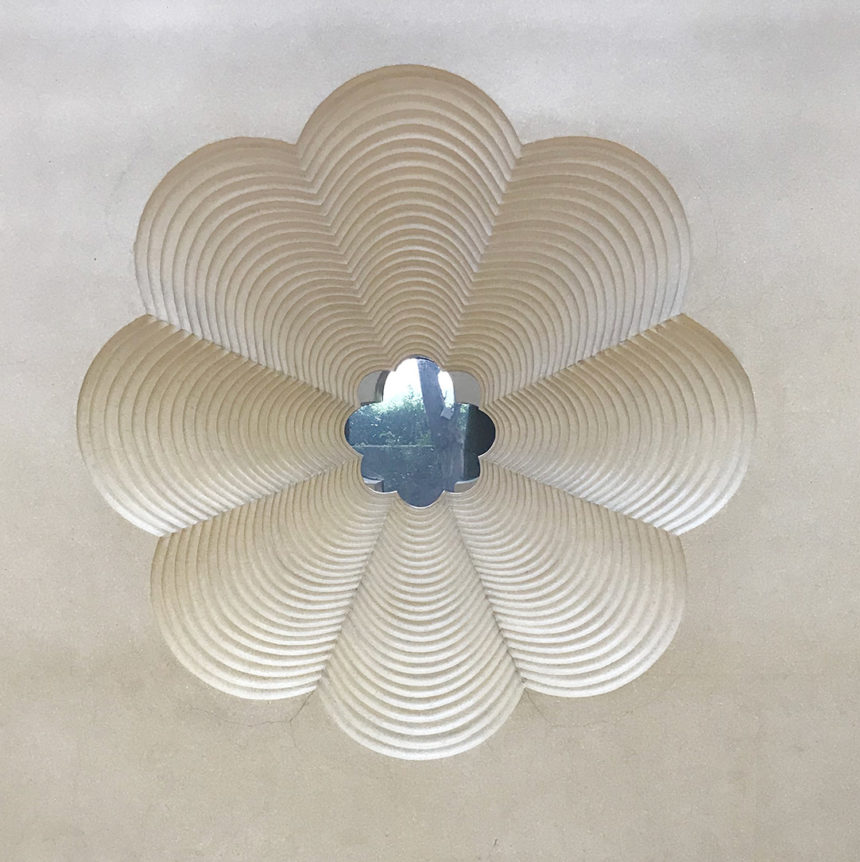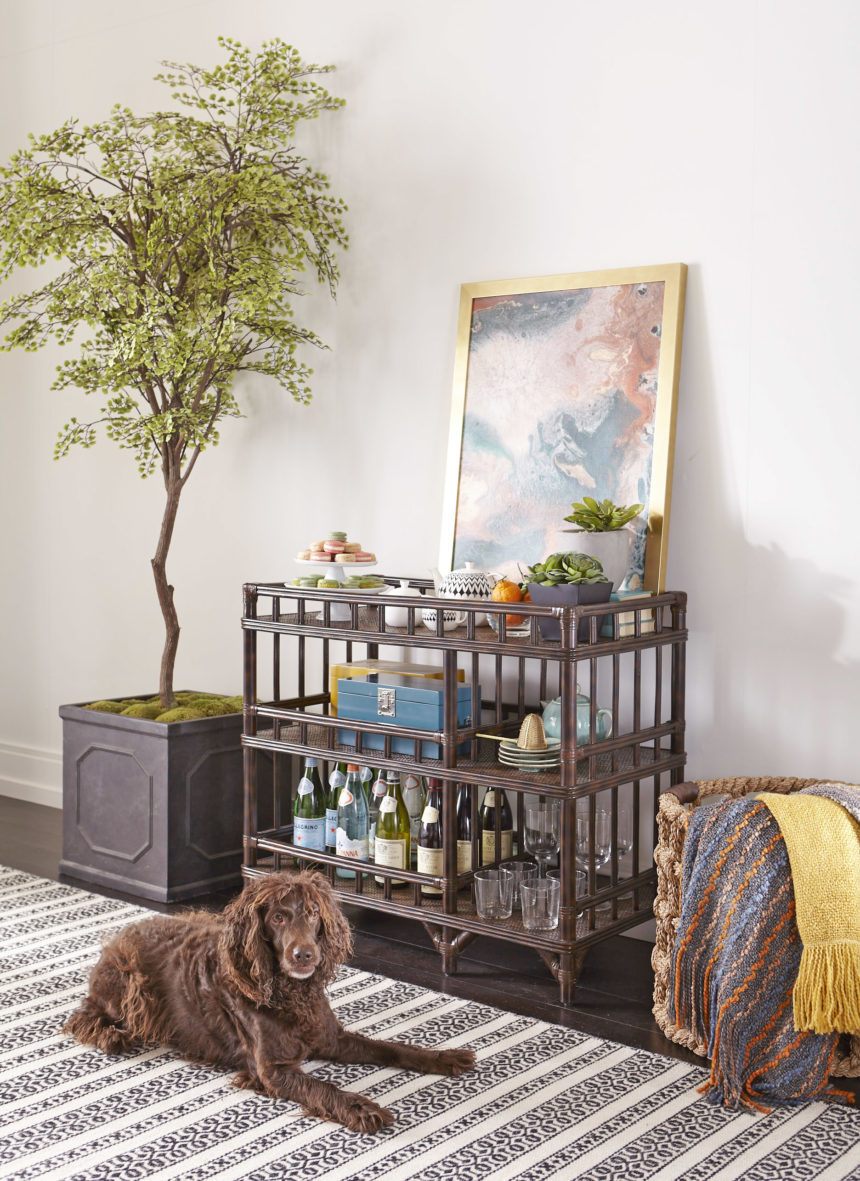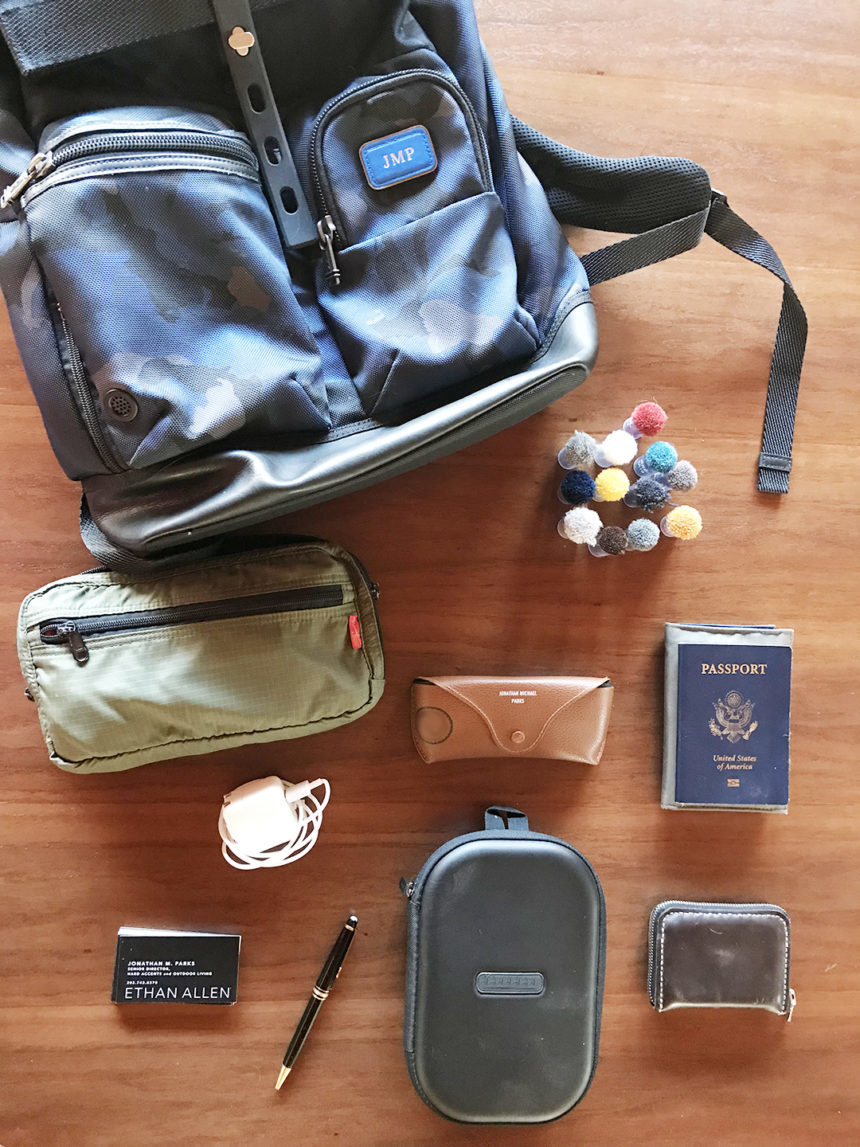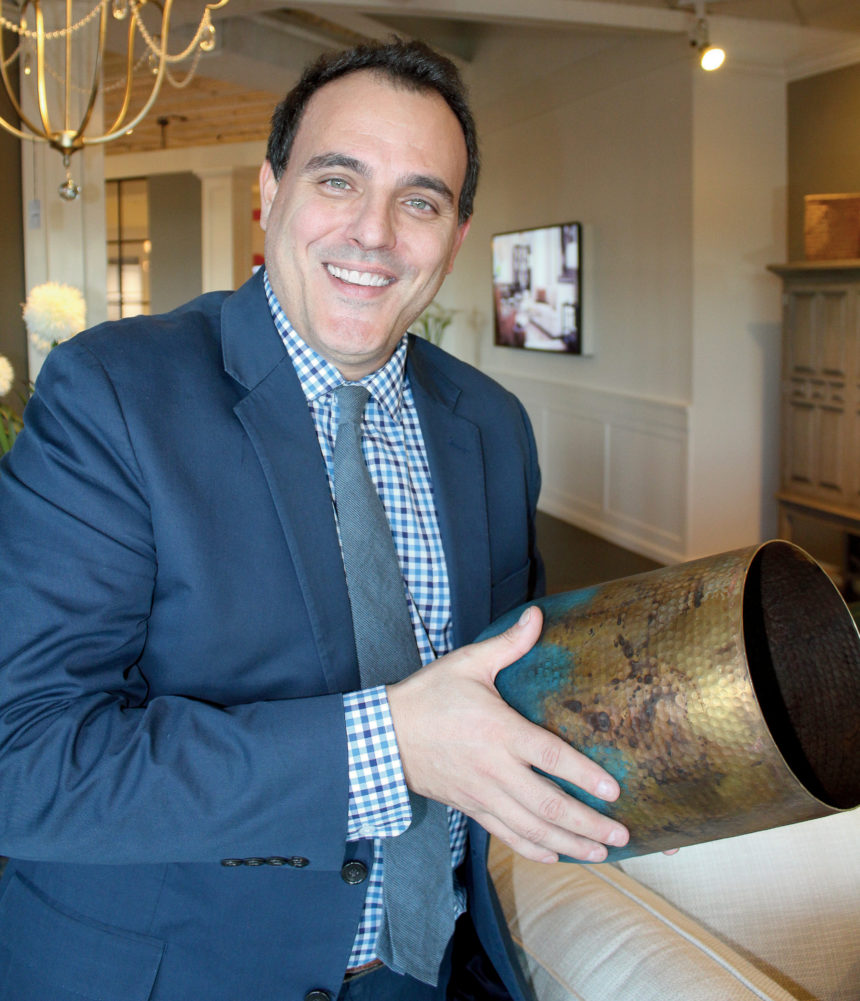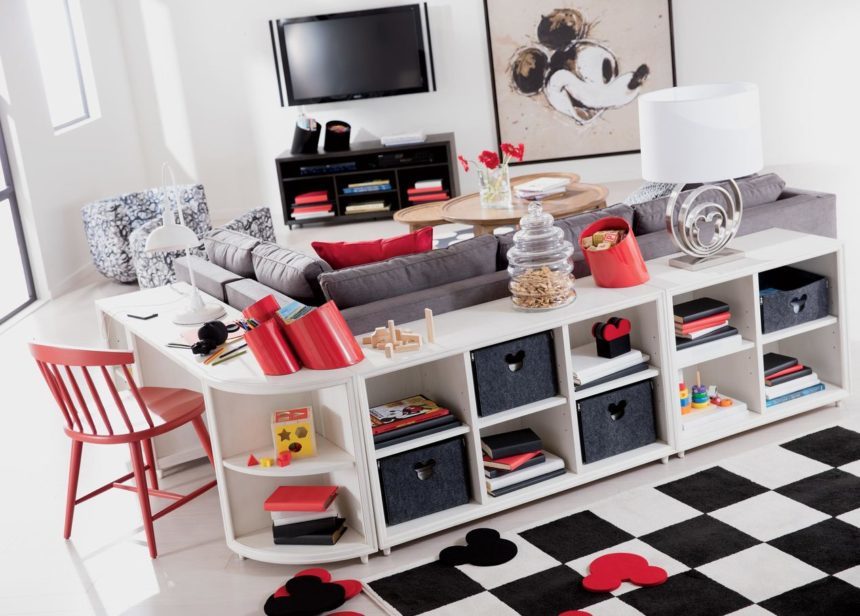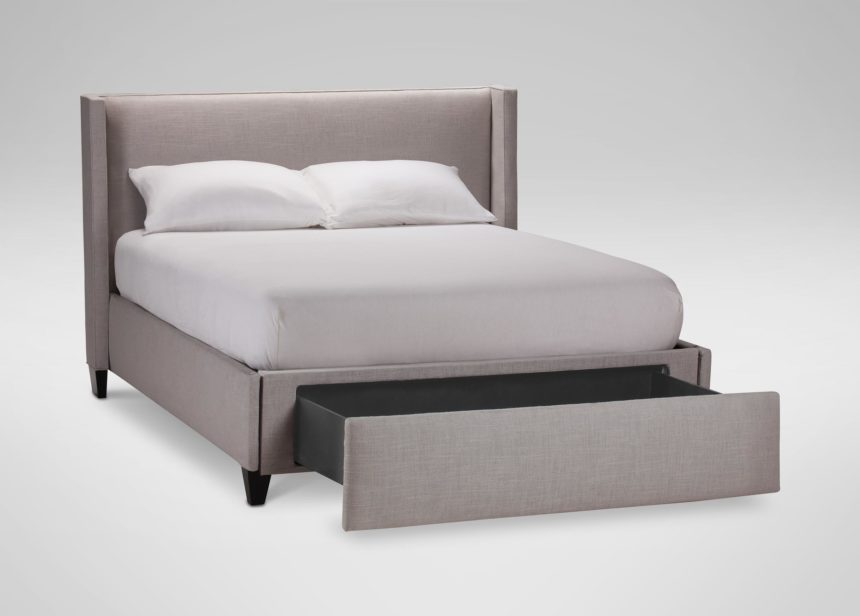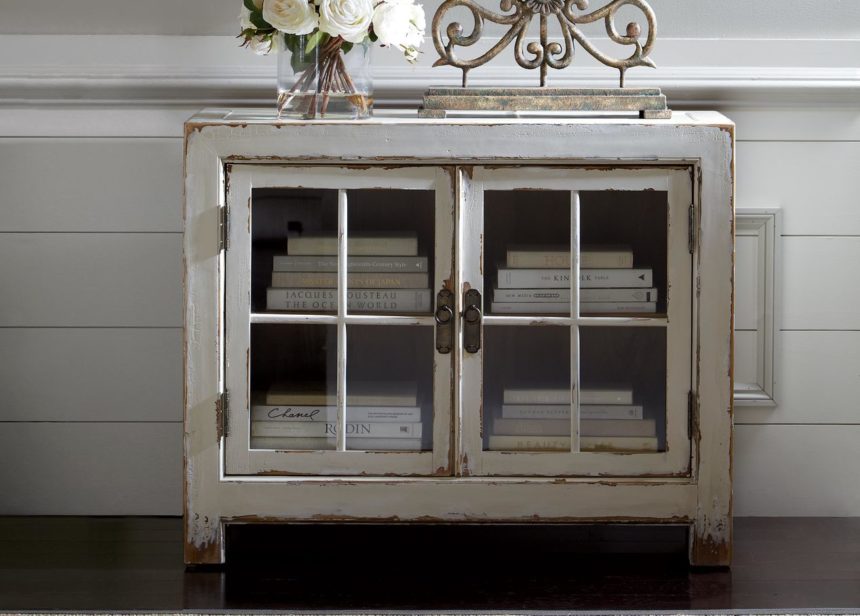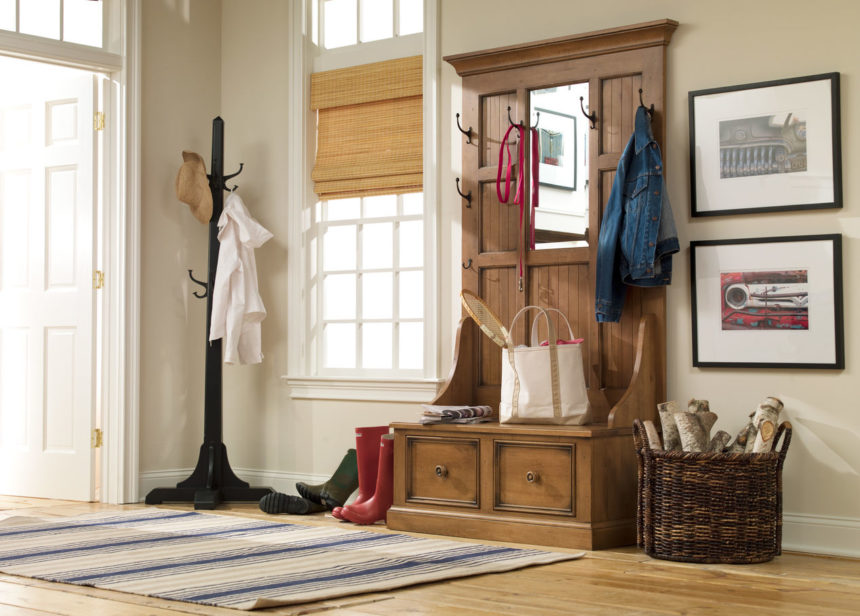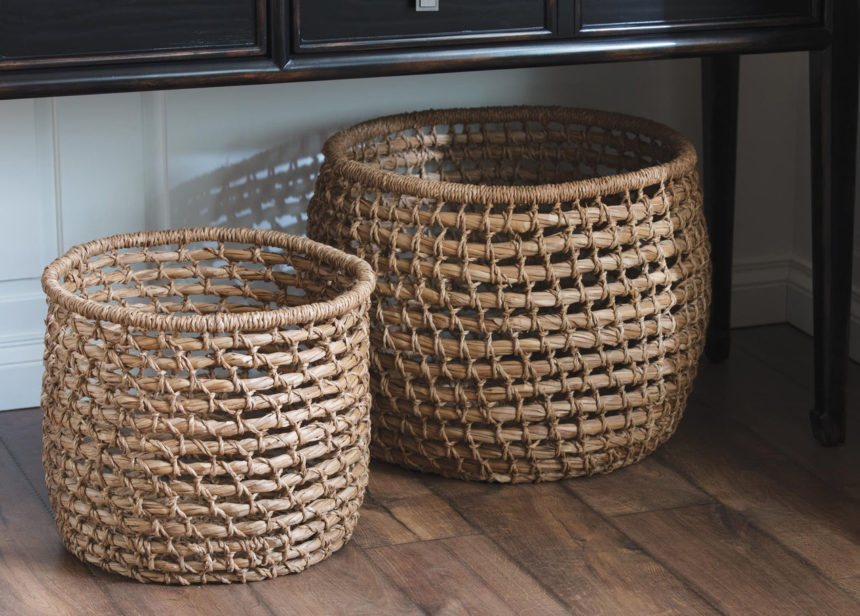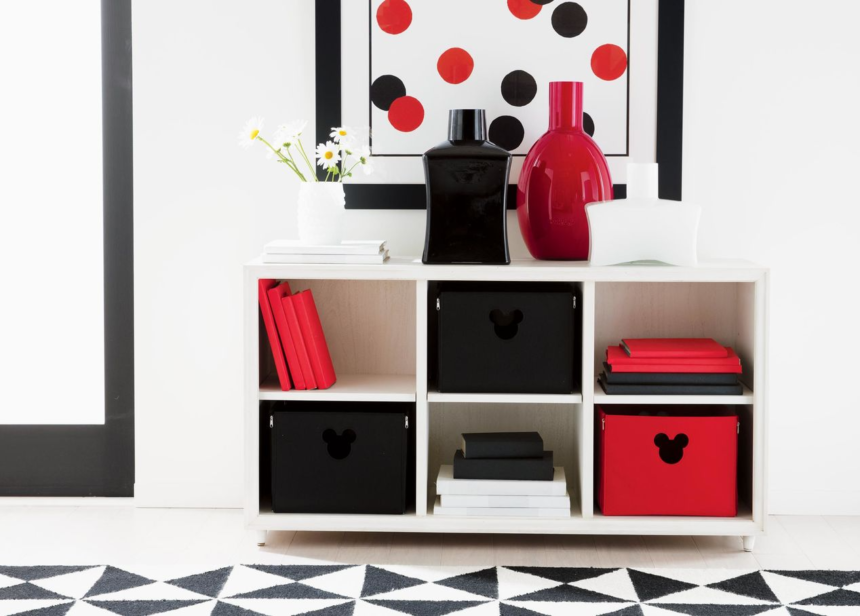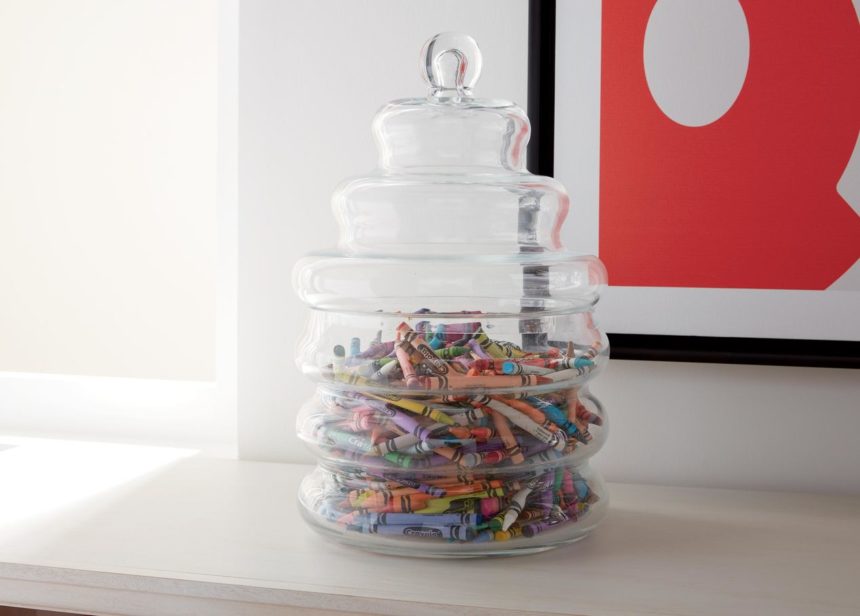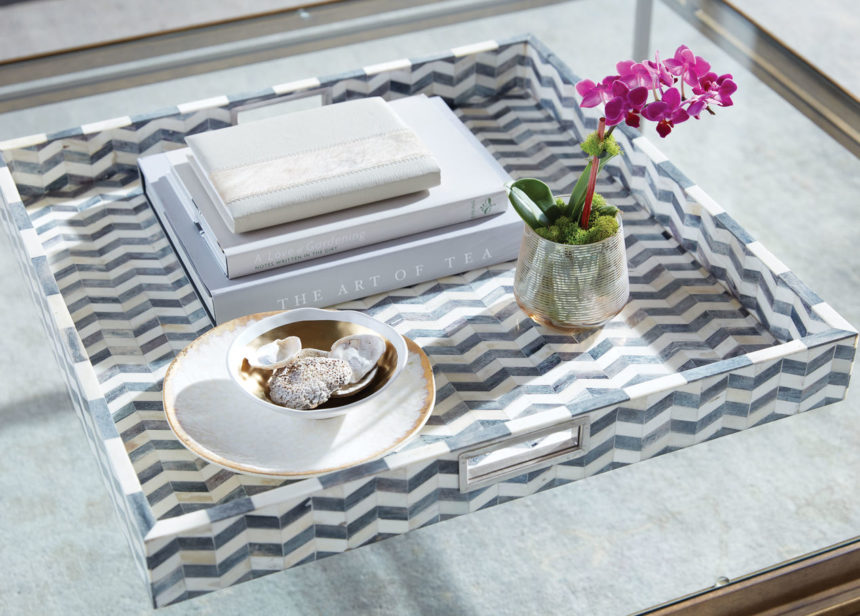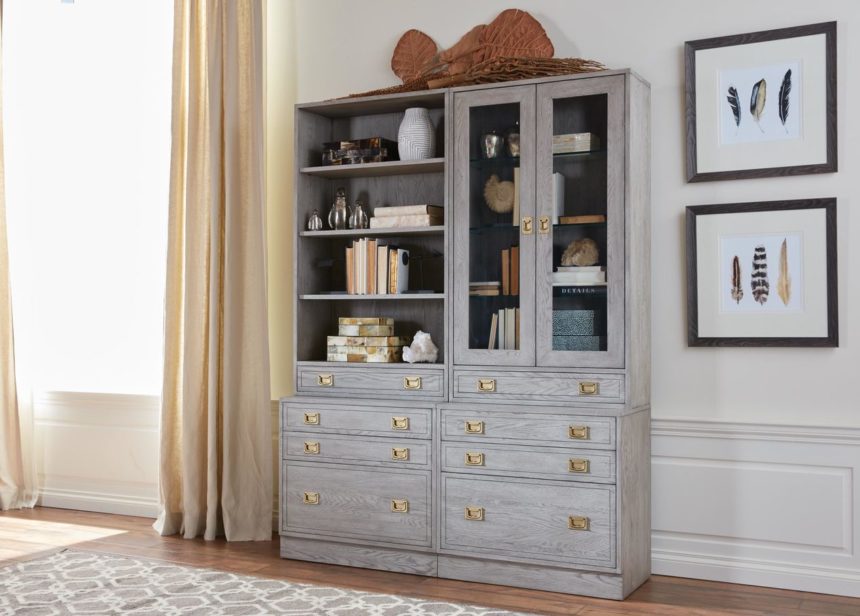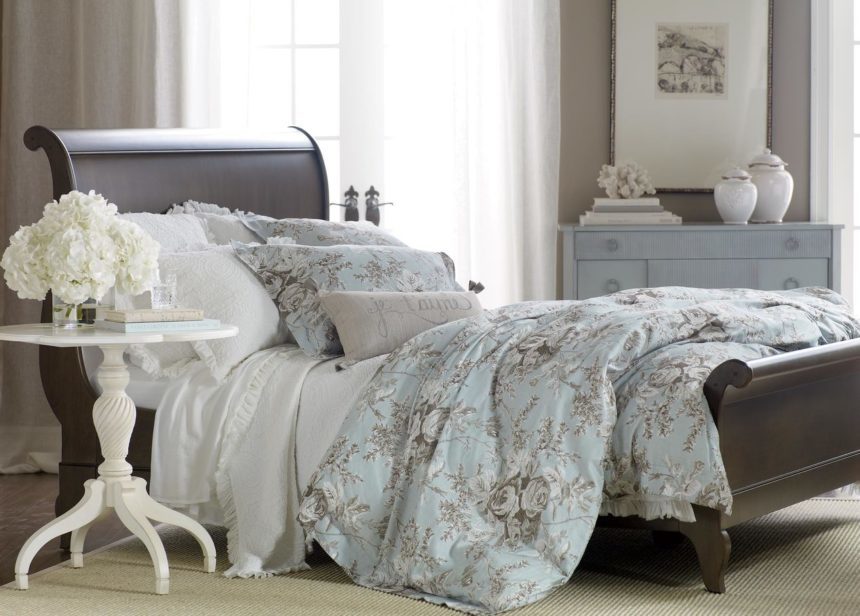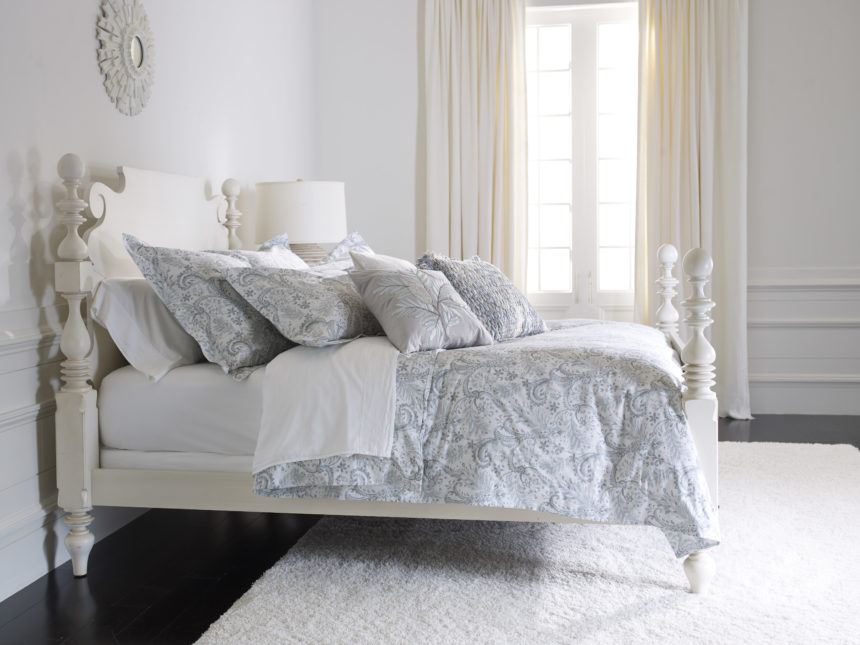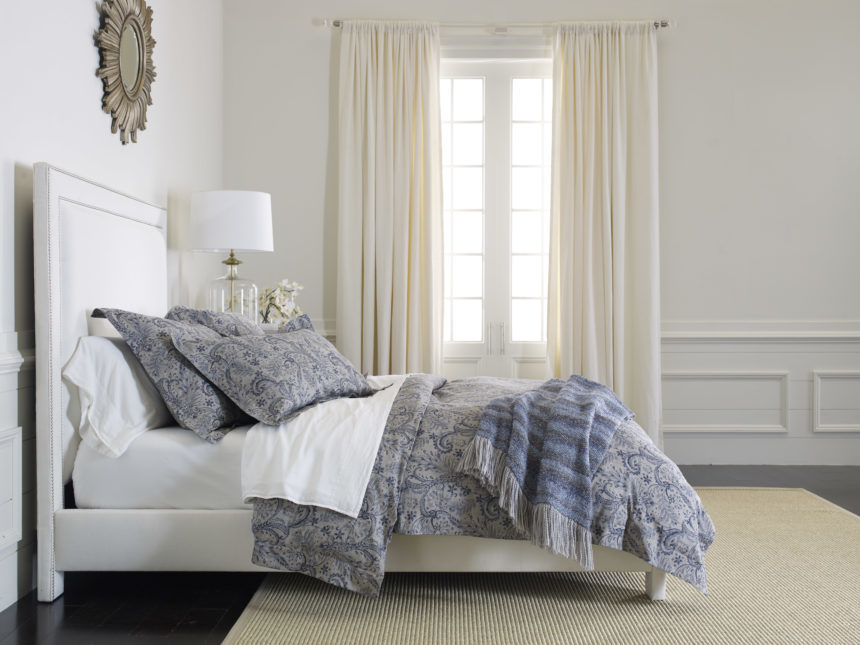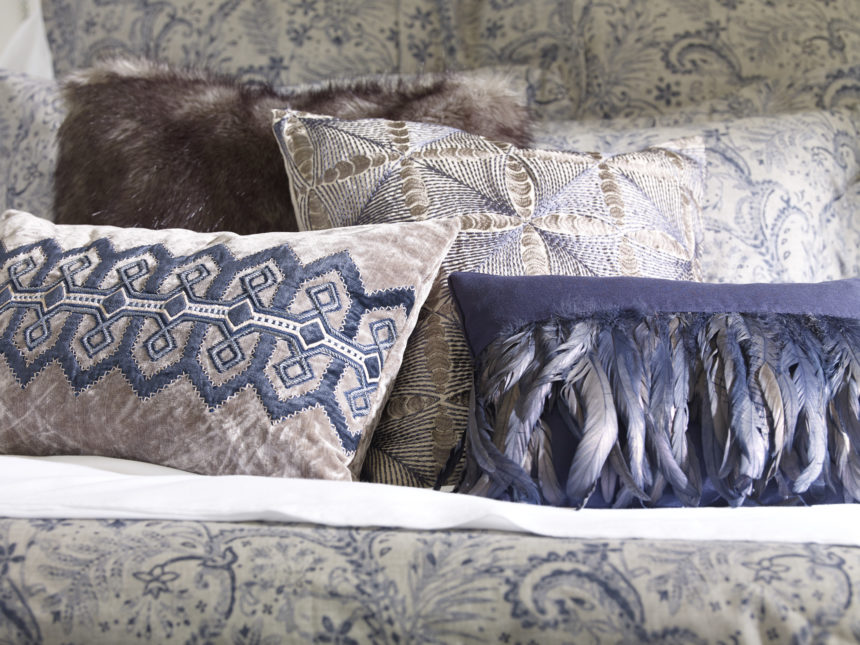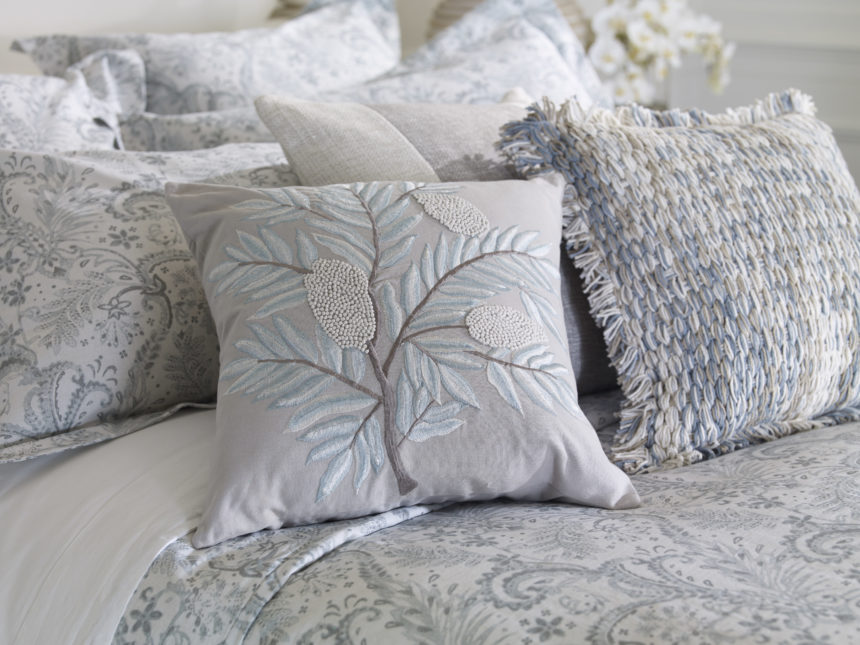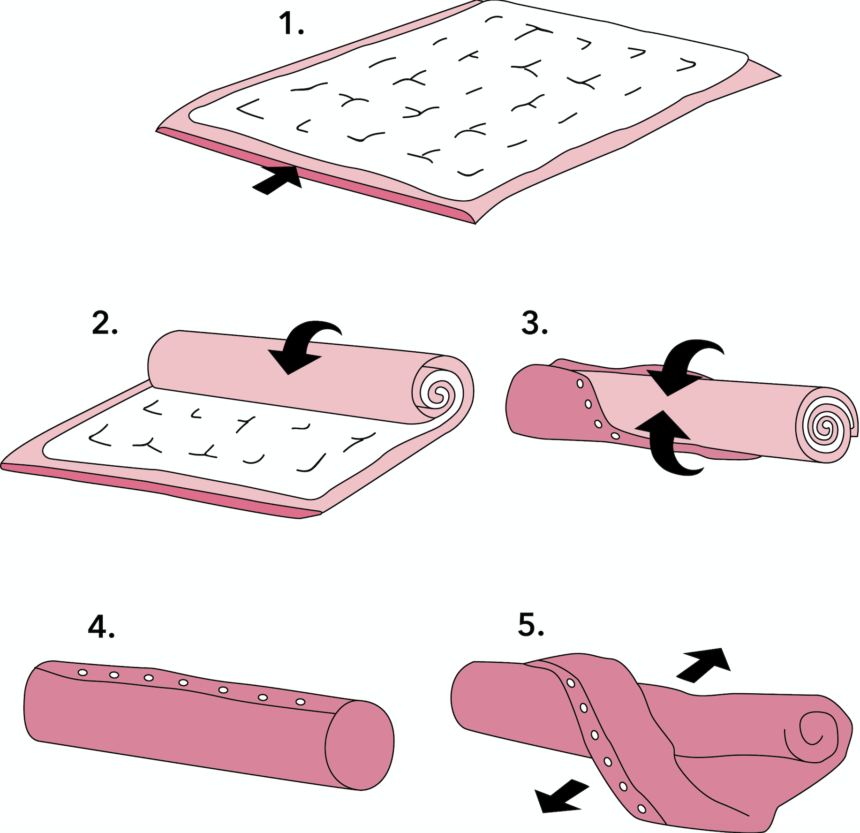“There’s a song I’ve carried with me for years, just looking for the place it belonged.”
That’s what Ethan Allen creative director Kemper Johnson says about “Putting It Together,” the song that inspired our new commercial, “Details.” It’s about the age-old struggle between art and business, the tension between carrying out a creative vision and earning enough approval (and cash) to keep doing the work, and the drive to keep creating work that’s fresh and inventive.
Let’s time travel behind the scenes to 1982, when Poltergeist was in theaters, “Eye of the Tiger” was burning up the charts, and Stephen Sondheim got an idea for a new kind of musical.
Sondheim in a Slump, Circa 1982
After a string of Broadway hits in the 1970s—Company, Follies, and Sweeney Todd among them—Stephen Sondheim’s first musical of the 1980s, Merrily We Roll Along, was a flop. The lackluster showing spelled the end of his collaboration with longtime partner Hal Prince. In 1982, he launched a tentative project with off-Broadway playwright James Lapine.
The two found inspiration in the pointillist painter Georges Seurat and his 1884 work A Sunday Afternoon on the Island of Grande Jatte.
To Lapine, the painting looked like a stage set without a main character. He and Sondheim decided that the artist was the missing character, so they went about imagining a Seurat-like persona named George. Lapine started writing and adding song cues, but when he had finished the first act and gathered the actors in for a reading, Sondheim had only just written the opening chords of Sunday in the Park with George.
Art Isn’t Easy
By the time rehearsals started for the off-Broadway workshop, Sondheim was still lagging behind; he had only completed the score for the first act. In fact, the play launched incomplete, with Sondheim and Lapine coming out on stage giving nightly speeches about how the work was still in progress. Although it may sound like a crazy way to write a show, for Sondheim, the process was ideal; he was able to meet the actors and get a sense of who they were before composing songs for them.
By the time the show made its official Broadway debut in May 1984, the second act had only been complete for a few days, and those who saw it had a range of opinions about it. The New York Daily News said it didn’t bear looking at or listening to for very long, but New York Times columnist Frank Rich loved it, calling it “a contemplative modernist musical that, true to form, is as much about itself and its creators as it is about the universe beyond.”
Sunday went on to win a Pulitzer Prize and two Tony awards. “Putting It Together” also got a boost from Barbra Streisand, who decided to record the song for her 1985 Broadway Album. Sondheim himself came to the recording studio and helped Streisand and her collaborators personalize the lyrics and the score. The musical also enjoyed a second Broadway run in starting 2017, with Jake Gyllenhaal reprising Mandy Patinkin’s role as George.
Working out the Vision
For “Details,” Kemper wanted to reimagine the song with a less agitated, more modern feel. He tapped vocalist Anna Dellaria, who infused the piece with a warmer, more laid-back aesthetic while still capturing the excitement of watching a work of art—or a room, in this case—come together.
For Ethan Allen, “Putting It Together” was a welcome reminder of our core values: bit by bit, putting it together—every detail matters in the art of what we do.
And in the spaces you create, the artist is you.
If you haven’t seen the commercial yet, here it is:
For more on the story of how “Details” came to be, check out our interview with Kemper and director Joe Wright.

